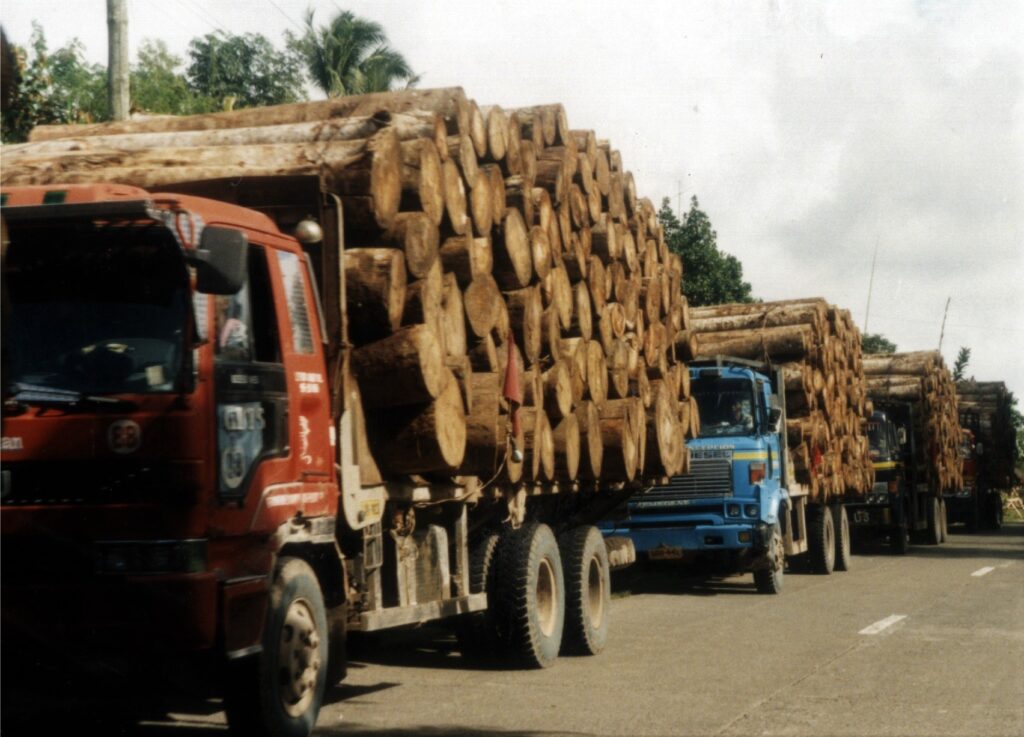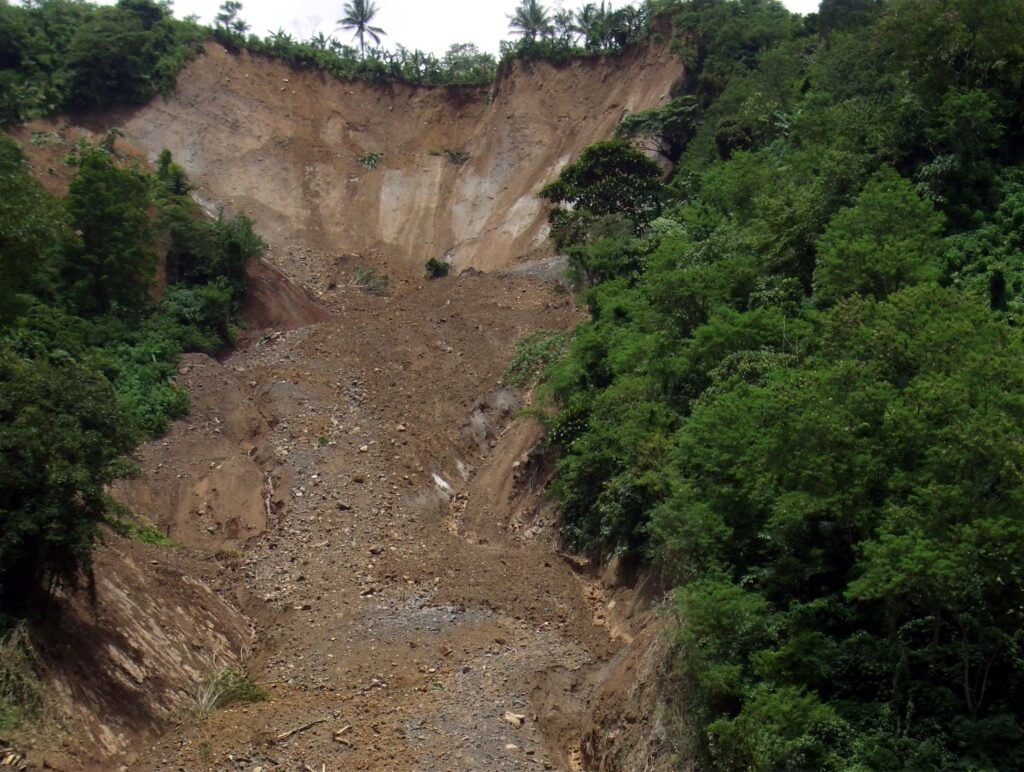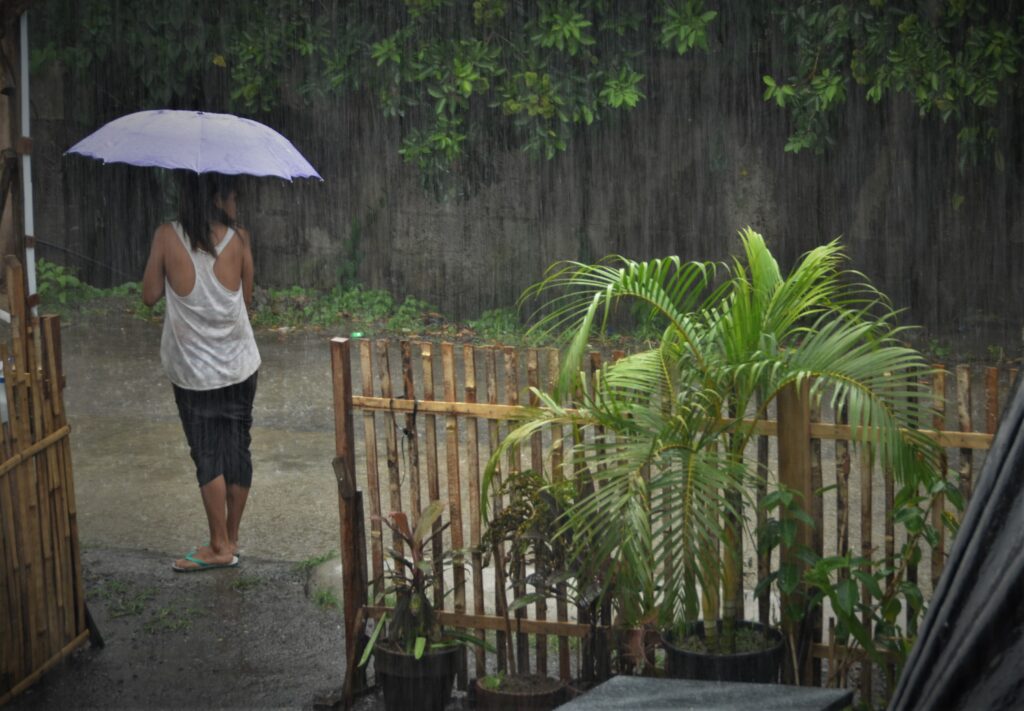Text and Photos by Henrylito D. Tacio
WHEN I was still attending elementary school in my hometown, I used to walk almost a kilometer following a pathway where rice was grown. There were times that I had to go home muddy when I fell on a stiff trail.
We didn’t have any electricity at that time, so we had to rely on a kerosene lamp. We ate our dinner early so we could still see the food being served at the table. Flashlights were very expensive then, and so were the batteries.
When we went home from school, we had to fetch water from a well near a river. We had to walk about half a kilometer, but it took us about thirty minutes to fill up our pails since there were others who were ahead of us.
Our house was made from lumber then. Now, we have a house fully constructed and cemented. We have electricity at our disposal. Water is abundant, although there are times when water gushes from the faucet. But those are few and in-between.
Thanks to modernization, people are now living comfortably. At home, they are using electricity in everything: air-conditioners, electric fans, televisions, cooking, washing clothes, and charging those several gadgets.
Travel is no longer a hassle. It seems that people have their own vehicles already; those who don’t have cars can always ride a taxi, van, or bus. There are also “skylabs,” “habal-habal,” and pedicabs for hire.
For every good thing, there are always downsides. The use of too much electricity and vehicles has raised the world’s temperature. This is due to the release of carbon dioxide and other greenhouse gasses into the atmosphere.
In time, climate change came into existence. “Climate change is a better choice than the term global warming because it avoids the misleading implications: that all parts of the world are warming uniformly and that the only dangerous outcome of growing greenhouse gas emissions is higher temperatures,” explained Dr. Rosa T. Perez during the Climate Change Media Workshop held at the Royal Mandaya Hotel a few years back.
Dr. Rosa is a research fellow at the Manila Observatory. She was one of the scientists who contributed to the Fourth Assessment Report of the Intergovernmental Panel on Climate Change (IPCC), a United Nations body that became a co-recipient of the 2007 Nobel Peace Prize.

Logging 
Landslide 
Too much rain
“Warming is only the tipping point for a cascade of changes in the earth’s ecosystems,” she continued her explanation. “In addition, climate change better conveys the coexistence of human-made effects with natural climate variability, a more accurate, ‘state-of-the-science’ portrayal of the causes for the phenomenon.”
Dr. Perez says that the current carbon dioxide released into the atmosphere is about 40% more than pre-industrial levels. “We are emitting a lot of carbon dioxide faster than the Earth can absorb any excess,” she deplores.
Some members of the IPCC have come up with a list of consequences of climate change to “make it understandable and to illustrate the issues that have the greatest potential to cause real harm,” to quote the words of Chris Field of the Carnegie Institution of Science in California, told the Associated Press.
A boiled-down version of what the scientists say the warmed-up future holds for Earth if climate change continues:
1. Coastal flooding will kill people and cause destruction.
2. Some people will go hungry because of warming, drought, and severe downpours.
3. Big cities will be damaged by inland flooding.
4. Water shortages will make the poor even poorer in rural areas.
5. Crazy weather, like storms, can make life miserable, damaging some of the things we take for granted, like electricity, running water, and emergency services.
6. Some fish and other marine animals could be in trouble, which will probably hurt fishing communities.
7. Some land animals won’t do much better, and that’s not good for people who depend on them.
8. Heat waves, especially in cities, will kill the elderly and very young.
“Most natural hazards turn into disasters because of the lack of preparedness,” deplored climate change champion Loren Legarda. “Preparation is the name of the game. It is a must that citizens understand how they can contribute to making our communities disaster-resilient and urge them to actually take part in such activities.”
According to Legarda, disaster prevention starts even long before a typhoon makes landfall, before an earthquake happens or before a volcano erupts.
“Early warning and early action should be at the very heart of our efforts,” she said. “Everyone should understand the risks we face and equip ourselves with preventive measures to lessen the impact of natural hazards.”
Among the community preparation for disasters, she cited include regular pruning of trees, dredging of canals and esteros, and the practice of segregating garbage, among many others.
“Climate is changing and will continue to do so,” reminds Dr. Perez. “Currently, the impacts on many sectors are still unclear, but may become more pronounced as warming continues. So, we need to focus on understanding, adaptation, and preparation.”

